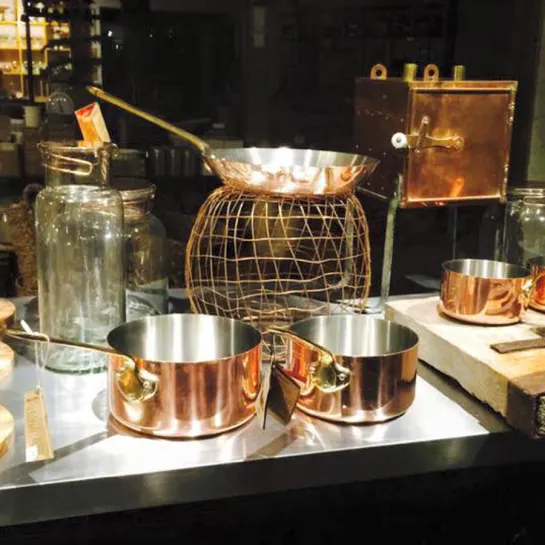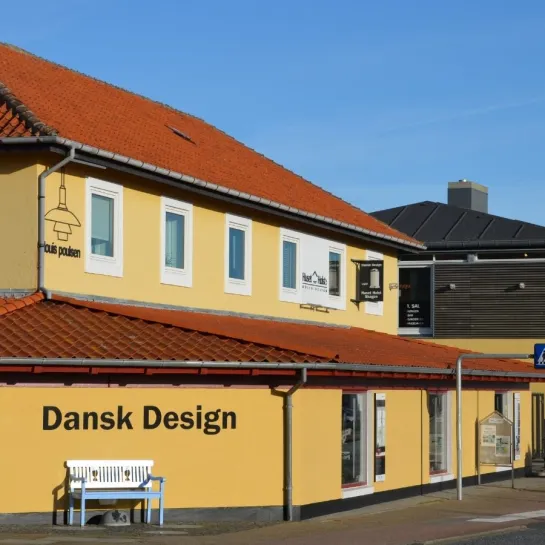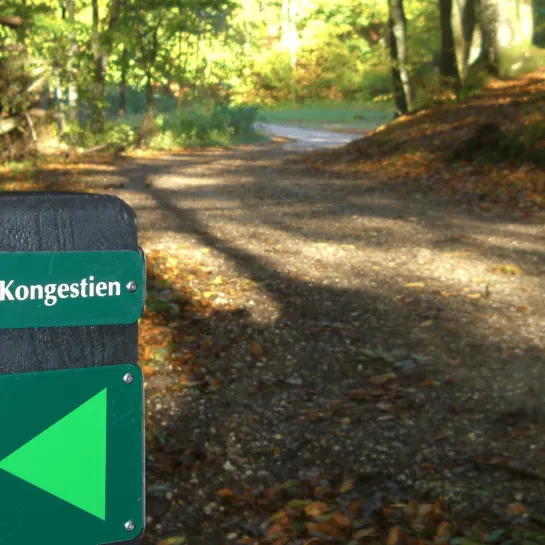Here you'll find more than just jugs and mugs
In the Top of Denmark you'll not only find a range of teapots and coffee mugs; the choice of different items is much greater. Find the quirky figures with "offbeat” expression.
See the attractive bowls neatly finished with different types of decoration. Here you can find everything within the world of pottery from applied art to unique items - from minimalist pieces to items with a more "offbeat" expression - whatever takes your fancy.
From a lump of clay to a work of art
There are endless possibilities in clay as a material. See how the raw and unshapely lump of clay is transformed by the potter into the most beautiful forms of applied art. It's a magical experience to follow this fascinating process as a lump of clay becomes a genuine work of art.
See how the lump of clay on the potter's wheel takes on beautiful shapes as it is worked into dishes, bowls, jugs or vases. Or see how the clay can be moulded into amusing, unique and fascinating figures.
Clay can be shaped in an infinite number of ways
See how the potter twists, hits, stretches, cuts, models and turns the clay before it's transformed into beautiful mugs, jugs, cups and bowls in many different shapes and sizes and featuring a range of different expressions. However, the process doesn't end here. When the clay has been fired in the large ovens, the potter will then scrape, score and glaze the clay. The many different layers give the clay depth, texture and movement.
Through this extended working process, the lump of clay acquires shape and life - and becomes a piece of applied art. Find the many exciting items of pottery at the different galleries and potter's workshops in the Land of Light. There's something for everyone.
A question of technique
Clay, fire, water and air are universal ingredients when working with pottery. Through the working process with clay, nature's materials are worked on with knowledge, feeling, spirit, insight and understanding. However, there are many different techniques. Each potter works with the clay in different ways.
One of the many techniques within pottery is raku firing. The technique is old and can be dated all the way back to the 15th century in Japan.
It's a fascinating and dramatic experience to see how the clay is transformed through the raku firing process in which the clay can be fired at temperatures of up to 1000° C.
It's then time to glaze the pottery. When the glaze has melted, the red-hot pottery is lifted out of the oven with a long pair of tongs and put in a bucket full of sawdust.
The process then begins in earnest. Smoke, steam and fumes surround the pottery as the sawdust is burnt into the pottery surface. The object is then taken up and cold water can be poured over it - the crackling process then begins.
The moment of excitement is now palpable for the potter as it's impossible to predict the result of the firing.
Every single item of pottery is different depending on the actual circumstances; no two items are ever identical.

















